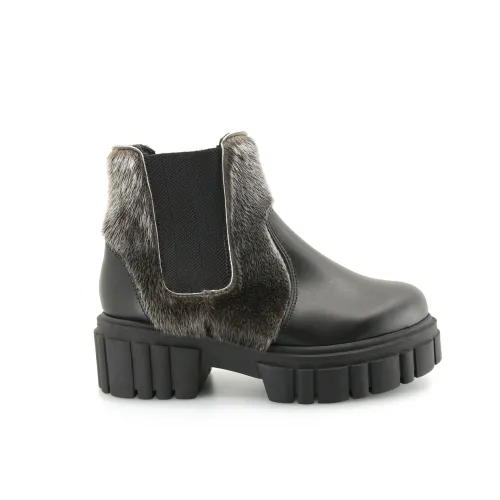Come visit us in Normandin, discover the Universe of BILODEAU!
The stages of taxidermy design

Step 1: The shape
The first step is to select an appropriate medium to showcase the animal's skin. Nowadays, some companies specialize in making polyurethane forms. This material is more durable and easier to work with than the old structures made of wood and straw. As a result, there is a wide range of pre-molded forms that offer a variety of sizes and postures.
However, the uniqueness of each skin and the search for a specific posture require a true craftsman's work. At BILODEAU, our team of taxidermists specializes in the realization of unique and strikingly realistic pieces.
Over the years, they have developed an expertise and a unique know-how. They will rework the shapes to adapt them to the skin, to modify them to obtain new postures and even create new ones to obtain a specific effect. Always ready to take on new challenges, they often carry out unique projects with works that are out of the ordinary.

Step 2: Skin, fit and dry
After making adjustments to the shape, the next sequence of operations is to attach the skin. The skin must be sewn and completely dried, because the skins used to make taxidermy mounts are primed wet.
Priming includes all the tasks that aim to stabilize the structure of the skin in order to allow its conservation. They consist, among other things, of cleaning the fur and working the leather. The leather of the furs must be fleshed in order to remove the residues of flesh and thinned so that it is more flexible. At the end of the process, the hides are dried. When they are reserved for taxidermy, we keep a certain level of humidity, hence the name "wet dressing".
The skin, still wet, keeps a greater elasticity and flexibility. This state is necessary to ensure that the skin follows the curves of the forms. The goal is to bring out the many details of the muscles and bones in order to obtain the most realistic montage. Different techniques are used, by our taxidermists, to control the movements of the skin during the final drying on the form.

Step 3: Finishing and painting
At this stage, taxidermists must focus on finishing the details. These consist mainly of painting the different elements of the face. The mouth, nose, eyes and ears are pigmented to give them vitality and shine.
This meticulous work requires a good knowledge of the anatomical details of the species, a good dexterity and a precision in the execution of the operation. In some cases, such as marine mammals and fish, the task requires more to restore a shine to the entire body.
The proximity necessary to do the finishing with the realist of the mounts is often the occasion of rather unusual scenes. When you visit our workshop, you will most likely witness this. For more details, visit the BILODEAU Canada Universe.

Step 4: Final assembly and inspection
The last group of operations, before the parts are packed for shipment, consists of the complete assembly of the unit. The team takes this opportunity to do a final inspection and small finishing touches.
With deer, this step is always impressive, because the assemblies are decorated with their magnificent antlers (plume).
After a few weeks of work and sometimes months, it is always a pride to see the final work. Since 2020, we have set up a showroom where some of the mounts are stored, waiting for their departure. It is therefore possible to see these pieces through the visit of the Universe of BILODEAU Canada.
An art project, a unique work, an installation or a trophy idea?
Call on BILODEAU Canada!




